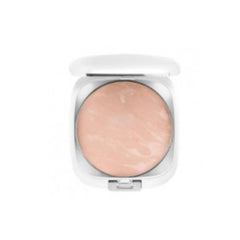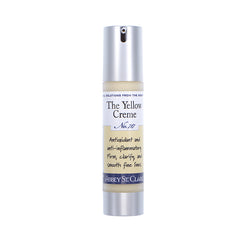Foot Problems: When Feet Go Bad
The first humans stood upright perhaps 1.5 million years ago. Bipedalism wrought evolutionary advantages: bigger brains, unshackled lungs allowing speech, self-protection from advancing predators, and the freeing of hands that led to tools that were the hallmark of civilization. And with agile forward motion we inherited lower back pain, difficult childbirth, hip and knee problems, and sore feet. When your feet hurt, nothing else feels right, and the main culprit is shoes. Initially worn for protection from injury and cold, shoes are more about fashion than comfort. Women fare the worst. We cringe over the ancient practice of binding the feet of upper-class Chinese women to fit into tiny shoes, but, two words: Manolo Blahnik. Feet are still being forced into shapes and contortions where no foot was ever intended to go. It is no surprise that at least eighty percent of foot problems occur in women. But men also have their problems. Long hours of standing, improper footwear for the job at hand, poor quality shoes, weekend warrior activity with ill-fitting shoes, toenail fungus, athlete’s foot, ingrown toenails, and sustained foot pressure due to excess weight are just a few of the issues. Many foot problems can be avoided, but sometimes, things just happen. Walking barefoot can cause plantar warts as the virus enters through a cut. Chronic disease states impact our feet. Arthritis is the number one cause of disability in America. It limits everyday mobility, climbing stairs, getting in and out of bed, and walking - for about 7 million Americans. About 60-70% of people with diabetes have mild to severe forms of diabetic nerve damage, which in severe forms can lead to lower limb amputations. Approximately 56,000 people a year lose their foot or leg to diabetes. Be good to your feet. General Foot Care For Happy Feet- Inspect your feet daily. Check for blisters, split skin, swelling, redness or other signs of irritation.
- Keep toenails trim. Cut straight across and round the corners slightly to avoid ingrown toenails.
- To keep your skin soft, apply a moisturizing lotion or oil after bathing or soaking your feet.
- Wear clean comfortable socks made of fabrics that help perspiration evaporate more rapidly. Excess moisture also can be absorbed by a daily dusting of foot powder.
- Bacterial and fungal growth can be avoided by wearing shoes that breathe well (with uppers made of leather, a mesh material or perforated).
- Treat existing conditions. Serum St. Martha will eliminate foot and toe fungus quickly, and with consistent use, keep it away permanently.
- American College of Foot and Ankle Orthopedics and Medicine.
- American Podiatric Medical Association.
- The Foot Health Network
Leave a comment
Comments will be approved before showing up.
Also in Abbey St Clare Blog

The Wheel is Turning. Abbey St. Clare has Closed.
Hello Friends,
The wheel is turning. Transitions are on the horizon. It is with regret that after almost twenty years, Abbey St. Clare is winding down as retirement and a relocation take place in the near future. We will continue taking orders through September 15.

Fix These 5 Hair-Washing Mistakes For Healthier Hair
Is your hair feeling brittle? Scalp dry? Locks not as lustrous as you want them to be? It’s possible you’re damaging your hair with five hair-washing mistakes.
If you follow these guidelines, you will see significant improvement in your hair and scalp health.

Pamper Your Skin and Elevate Your Mood With Essential Oils
Have you ever caught a whiff of cinnamon and felt a boost in your mood instantly? Do you feel calmer and more at ease when using lavender lotion before bed? If you said yes, it’s not just a figment of your imagination!
Ask anybody who uses essential oils regularly, and they’ll probably agree: these natural botanicals can have powerful, positive effects on your mood and overall wellness.


